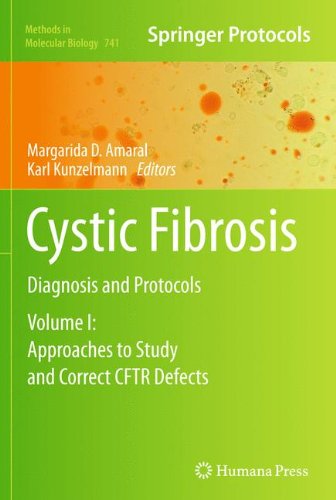

Most ebook files are in PDF format, so you can easily read them using various software such as Foxit Reader or directly on the Google Chrome browser.
Some ebook files are released by publishers in other formats such as .awz, .mobi, .epub, .fb2, etc. You may need to install specific software to read these formats on mobile/PC, such as Calibre.
Please read the tutorial at this link. https://ebooknice.com/page/post?id=faq
We offer FREE conversion to the popular formats you request; however, this may take some time. Therefore, right after payment, please email us, and we will try to provide the service as quickly as possible.
For some exceptional file formats or broken links (if any), please refrain from opening any disputes. Instead, email us first, and we will try to assist within a maximum of 6 hours.
EbookNice Team

Status:
Available0.0
0 reviewsDespite the many milestones in cystic fibrosis (CF) research, progress towards curing the disease has been slow, and it is increasingly difficult to grasp and use the already wide and still growing range of diverse methods currently employed to study CF so as to understand it in its multidisciplinary nature. Cystic Fibrosis: Diagnosis and Protocols aims to provide the CF research community and related researchers with a very wide range of high-quality experimental tools, as an easy way to grasp and use classical and novel methods applied to cystic fibrosis. Volume I: Approaches to Study and Correct CFTR Defects focuses on the cystic fibrosis transmembrane conductance regulator (CFTR) and its expression, biogenesis, structure, and function in terms of the defects causing CF. Written in the highly successful Methods in Molecular Biology™ series format, chapters include introductions to their respective topics, lists of the necessary materials and reagents, step-by-step, readily reproducible laboratory protocols, and tips on troubleshooting and avoiding known pitfalls.
Comprehensive and practical, Cystic Fibrosis: Diagnosis and Protocols will provide readers with optimal working tools to address pressing questions in the best technical way, while helping all of us, as a research and clinical community, to move faster hand-in-hand toward unravelling the secrets of this challenging disorder and cure it.